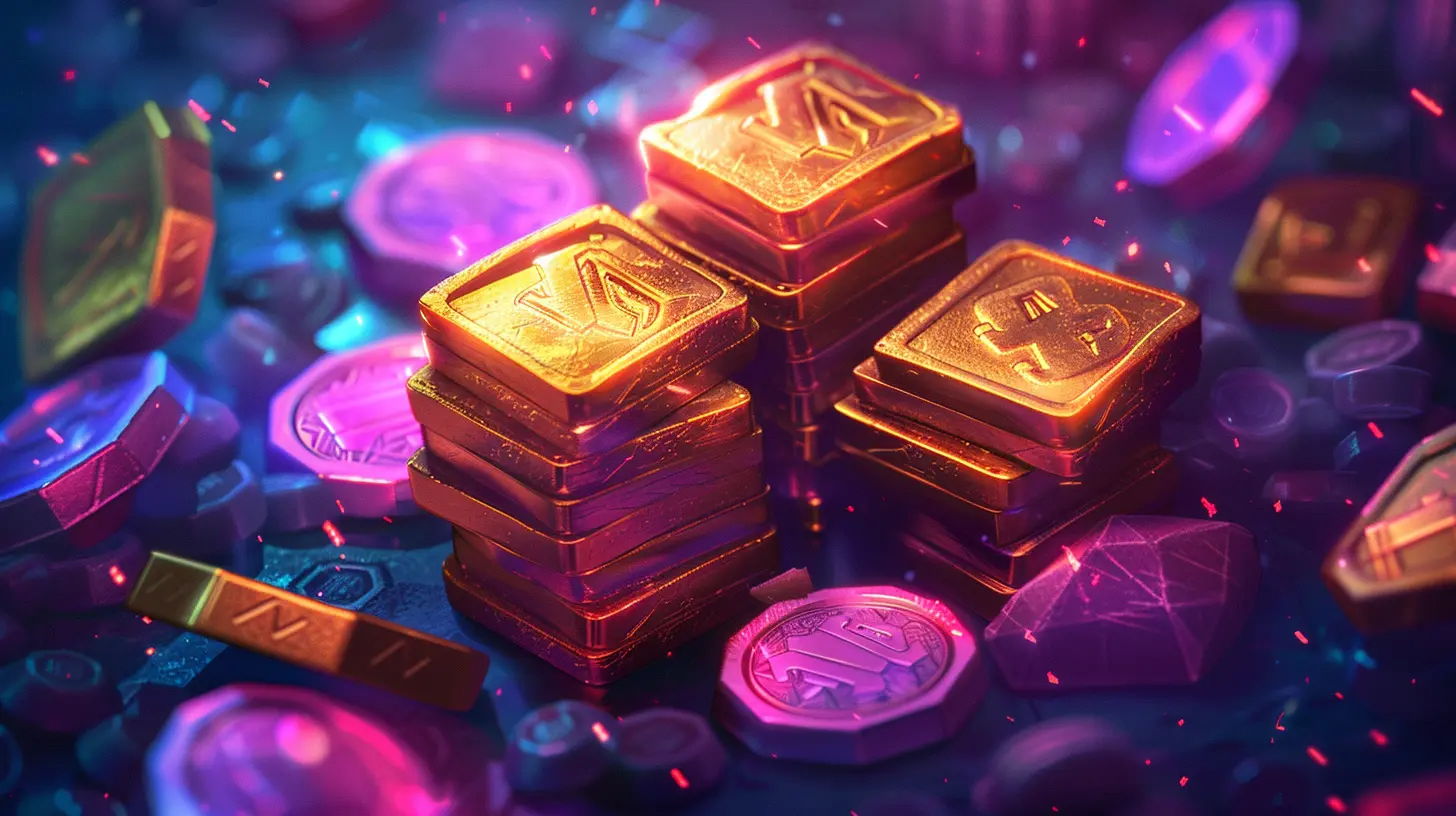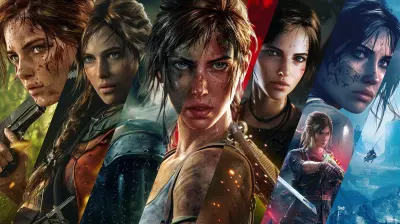Microtransactions and Game Difficulty: Is Pay-to-Progress a New Trend?
15 October 2025
Gaming has come a long way from the days of blowing on cartridges and frantically pressing buttons to get Mario over a gap. Today, the landscape is dominated by digital downloads, massive online communities, and, let’s be honest, microtransactions. You’ve probably encountered these tiny payments in your favorite games—those little pop-ups asking if you’d like to buy a shiny new sword or enough virtual coins to skip a tough level. But here’s the big question: are microtransactions quietly changing the way we experience game difficulty? Is "pay-to-progress" becoming the new norm? Let’s dive into this hot topic and see what’s really going on.

What Are Microtransactions?
First off, let’s clear the air. What exactly are microtransactions? In simple terms, they’re small, optional purchases inside a game. Think of them as the equivalent of grabbing extra toppings on your pizza. They might give you new skins for your characters, helpful power-ups, or even ways to bypass tricky challenges. Nice, right? Well, not always.Initially popularized in mobile games, microtransactions have made their way into bigger titles—from action-packed shooters to sprawling RPGs. While some gamers appreciate them for enhancing the overall experience, others feel they’re starting to mess with the delicate balance of difficulty that makes a game, well, fun.

Game Difficulty: A Delicate Balancing Act
Think back to a time when you struggled to beat that impossible boss or solve a mind-bending puzzle. Remember the pure satisfaction of finally conquering it? That’s the magic of perfectly tuned game difficulty. Developers craft these challenges to test your skills and keep you coming back for more.Now imagine this: instead of toughing it out, you can simply pay $5 to breeze past the problem. Feels a bit like cheating, doesn’t it? Microtransactions in the realm of difficulty can dilute that sense of accomplishment. They’re essentially dangling a shiny, easy button right in front of you.
But here’s the flip side—some players just don’t have the time or patience for endless retries. Let’s face it, not everyone has the luxury of spending hours grinding for gold or leveling up their stats. For them, microtransactions can be a godsend. So, is "pay-to-progress" a necessary evil or an unwelcome shortcut? Opinions are split.

How "Pay-to-Progress" Works
If you’ve played a game with microtransactions, you'll know exactly how they sneak into the gameplay loop. A classic example? Mobile games. Ever been stuck waiting for an energy bar to refill? Right when you're about to put your phone down, a message pops up: “Speed up your progress for just $0.99!” Tempting, right?The idea of paying to bypass natural progression is called "pay-to-progress." It allows players to move forward in a game without grinding or increasing their skill level. You’ll usually see this model in these forms:
1. Skipping Timers
Games like "Clash of Clans" make you wait hours (or even days) for buildings to complete…unless you spend premium currency to fast-track the process.
2. Buying In-Game Currency
Why spend hours farming gold in an RPG when you can just buy it? Games like "Grand Theft Auto Online" let you shell out real cash for virtual money to buy properties, weapons, and vehicles.
3. Unlocking Content
Stuck on a tough level? Some games let you pay to unlock the next stage or gain access to features that would otherwise require significant effort.
It’s a sneaky system because it leverages three things—your time, patience, and pride. Nobody wants to feel stuck in a game, and for many, shelling out a few bucks to keep the fun train rolling seems reasonable.

The Psychological Hook of Microtransactions
Let’s be real for a second. These systems aren’t random; they’re designed to hook you. Ever heard of the “freemium model”? It’s where a game is free to play, but microtransactions are built-in to generate revenue. And trust me, psychology plays a huge role in how these systems keep you engaged.FOMO (Fear of Missing Out)
Miss out on leveling up during a special event? Better cough up some cash to catch up, or you’ll be left behind. Games know how to dial up the pressure.The Sunk Cost Fallacy
Already spent $10 in a game? Might as well spend $5 more to make sure that money wasn’t wasted. Sound familiar? It’s a trap.Dopamine Hits
Let’s not forget the thrill of unlocking an in-game item or beating a tough level instantly. Microtransactions tap into the same reward systems in our brains as winning a slot machine.These mechanisms make it easy to justify opening your wallet. And before you know it, you’ve spent $30 on a game that was supposed to be free.
Why Microtransactions Spark Controversy
The rise of pay-to-progress mechanics hasn’t been smooth sailing. In fact, it’s sparked serious debate in the gaming world. Hardcore gamers argue that microtransactions undermine the skill and dedication required to master a game. After all, why bother learning new tactics or improving your gameplay if you can just pay your way to victory?On the other hand, casual gamers (or those with limited time) appreciate the convenience. For them, microtransactions are a way to skip the grind and make games more accessible.
Then there’s the matter of fairness. Online multiplayer games like "FIFA" or "Call of Duty" sometimes feature pay-to-win mechanics, where those who spend money gain a significant advantage over others. This raises ethical questions about whether games are becoming more about financial investment than actual skill.
And let’s not forget about industries targeting younger audiences. Kids might not understand the value of money the way adults do, which makes them particularly vulnerable to falling into microtransaction traps.
The Bigger Question: Are Microtransactions Here to Stay?
Let’s call a spade a spade—microtransactions are profitable. The gaming industry earned billions from them last year alone. So, it’s unlikely they’ll disappear anytime soon. That said, developers are starting to face more scrutiny. Gamers are speaking out, governments are regulating predatory practices (loot boxes, anyone?), and some companies are even rethinking their strategies.For example, CD Projekt Red’s "Cyberpunk 2077" famously promised players a microtransaction-free experience, emphasizing that all content would be earned through gameplay. Moves like this show that there’s still a demand for "traditional" gaming.
Microtransactions: The Good, the Bad, and the Inevitable
Let’s break it down. Microtransactions aren’t inherently evil. When done right, they can enhance gameplay, support developers, and even keep games free for everyone. But when they mess with core mechanics—like difficulty—they can sour the experience for players who just want a fair challenge.Think of microtransactions as salt. A pinch can add flavor, but too much can ruin the dish. It’s up to developers to strike that perfect balance.
Final Thoughts: Should You Pay to Progress?
At the end of the day, it boils down to personal choice. Are you okay with spending extra cash to save time and frustration? Or would you rather grind it out for that sweet sense of accomplishment? There’s no right or wrong answer—it’s your game, your rules.That said, keep a close eye on how much you’re spending. Gaming should be fun, not a financial burden. And if a game ever feels like it’s forcing you into microtransactions to enjoy it? Maybe it’s time to look for something else.
all images in this post were generated using AI tools
Category:
MicrotransactionsAuthor:

Lana Johnson
Discussion
rate this article
1 comments
Phoebe Fields
Ah, yes, nothing screams "mastery" quite like buying your way to the top! Who knew skill could be replaced with a credit card? Maybe next, we'll just pay for the game to play itself. Progressing through life, one microtransaction at a time!
October 20, 2025 at 4:03 AM

Lana Johnson
Your point highlights a growing concern in gaming: the balance between skill and spending. It's a complex issue that many players are discussing.


